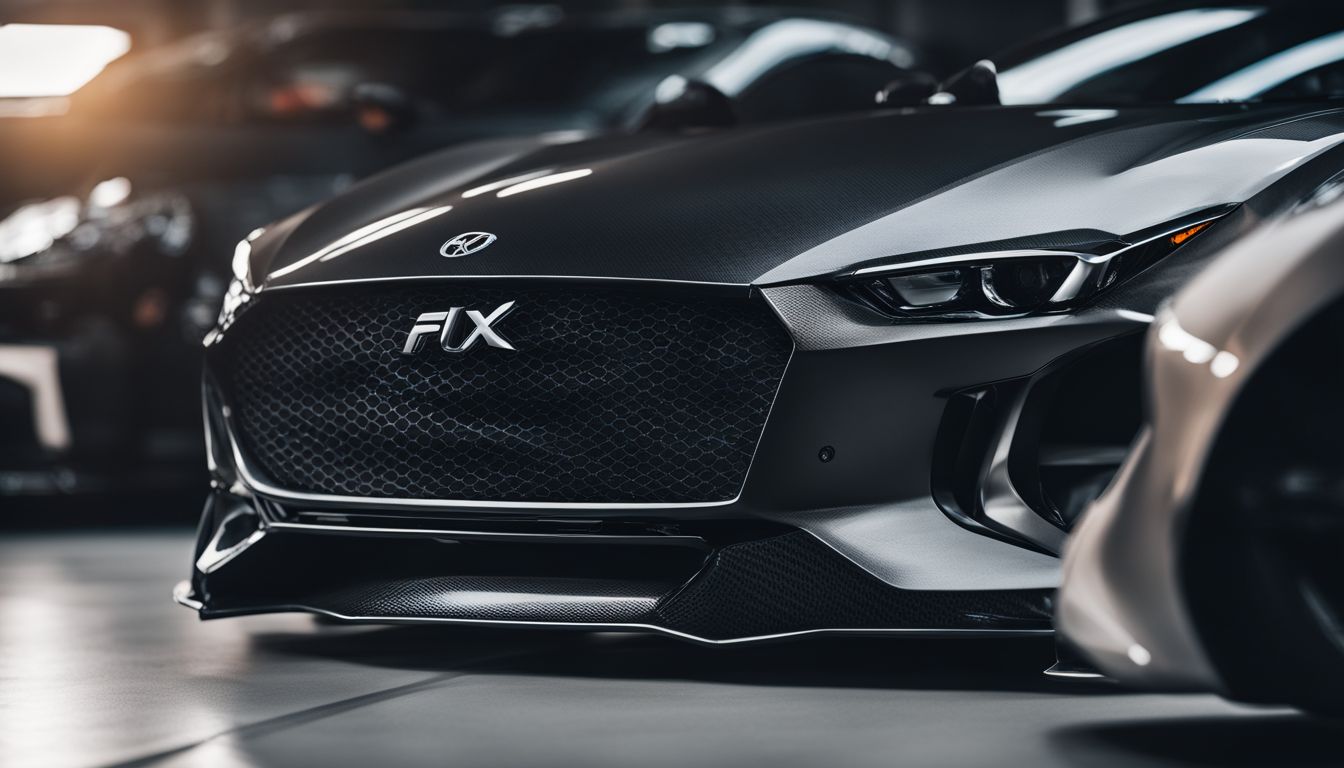Article: Safety Tests: Carbon Fiber Cars in Crash Scenarios

Safety Tests: Carbon Fiber Cars in Crash Scenarios
In recent years, the use of carbon fiber in automobile manufacturing has surged, driven by its exceptional strength-to-weight ratio and potential for improving vehicle performance and fuel efficiency. However, one critical area of concern remains: how do carbon fiber vehicles fare in crash scenarios? This blog post delves into the safety aspects of carbon fiber cars, exploring their performance in crash tests and how they compare to traditional materials like steel and aluminum.
Understanding Carbon Fiber
Carbon fiber composites are renowned for their lightweight and high tensile strength, qualities that are inherently advantageous for automotive design. Unlike metals, which tend to bend and deform, carbon fiber absorbs energy by fracturing and shattering, which can behave differently in a collision scenario.
Crash Test Performance
The safety of vehicles in collisions is paramount, and car manufacturers spend considerable resources ensuring their carbon fiber models meet rigorous safety standards. Crash tests conducted by organizations like the National Highway Traffic Safety Administration (NHTSA) and the Insurance Institute for Highway Safety (IIHS) are critical for evaluating the impact resistance and energy absorption capabilities of carbon fiber.
Recent studies and tests have shown that carbon fiber can effectively absorb crash energies by breaking in a controlled manner, which helps to dissipate the forces generated in a crash more effectively than some traditional materials. For instance, in frontal crash tests, carbon fiber frameworks have been observed to break and absorb energy, reducing the impact transmitted to the vehicle cabin and thereby potentially increasing passenger safety.
Challenges and Considerations
However, the brittle nature of carbon fiber presents unique challenges. In crash scenarios, while carbon fiber does not deform like metal, its tendency to shatter can pose risks of sharp edges or shrapnel, which need to be mitigated through advanced engineering designs and the integration of other materials that can help contain any breakage.
Moreover, the repair of carbon fiber vehicles post-crash can be more complex and costly compared to traditional materials. This is because repairs often require specialized knowledge and equipment, and in many cases, damaged carbon fiber sections must be completely replaced rather than repaired.
Comparative Studies with Other Materials
Comparisons between carbon fiber and other materials such as aluminum and steel reveal that each material has its own set of strengths and weaknesses in crash scenarios. Steel, for instance, is highly durable and tends to deform, absorbing impact but potentially posing a higher risk of intrusion into the cabin space. Aluminum is lighter than steel and absorbs impact by bending, offering a middle ground between steel and carbon fiber.
Future Outlook
As technology advances, the automotive industry continues to innovate with carbon fiber, improving its safety features and crashworthiness. Researchers are developing new composite materials that blend carbon fibers with other substances to enhance both the strength and safety aspects of the material. Additionally, as manufacturing processes evolve and become more cost-effective, the widespread use of carbon fiber in everyday vehicles is expected to increase, potentially leading to safer roads.
In conclusion, the integration of carbon fiber in automotive manufacturing presents a promising frontier for enhancing vehicle safety in crash scenarios. While there are challenges to overcome, particularly regarding the material's brittle nature and repair complexity, ongoing research and technological advancements are likely to mitigate these issues, paving the way for broader adoption of carbon fiber in the automotive industry. Safety will always be a paramount concern, and as such, carbon fiber cars will continue to undergo stringent testing to ensure they meet the highest safety standards.


